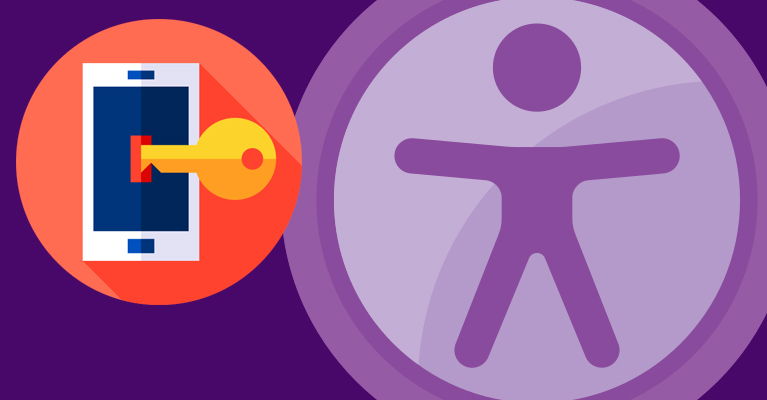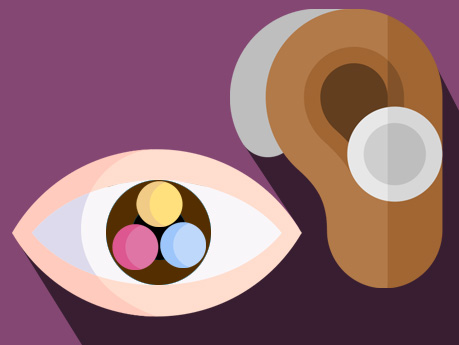
Web Accessibility
What is web accessibility, and a guide on how UCD aims to test, measure, and improve our websites to meet government regulations.

Why is Web Accessibility Necessary?
When a website is accessible it allows everyone regardless of situation or condition equal access and equal opportunity to information and interaction with the web. This is particularly important for people with disabilities that can hinder them from doing something they could easily do if they were not in that condition. Accessibility is necessary to account for:
- Permanent Disability:
This is when you have a lasting impairment that effects how you are able to perceive, understand or engage with something that differs from how a person without that impairment can. Example: blind, deaf, etc. - Temporary Disability:
This is a physical or mental disability which can hinder someone for a short period of time. Example: cataract, temporary tinnitus, being in a cast or sling after an injury, concussion, etc. - Conditional or Situation Disability:
This is when you are not able to do things due to the situation you find yourself in. Example: being in a very noisy place, dealing with glare, using a phone or computer with only one hand, etc.
Not only is web accessibility a worthwhile investment to improve visitors experience, it is also a mandate by the European Union. The (opens in a new window)EU Web Accessibility Directive is officially requiring its member states to abide by (opens in a new window)WCAG 2.1 Level AA standards.

Measuring and Testing Web Accessibility
UCD is using the Silktide platform to run automated tests to determine if our websites are compliant with the WCAG 2.1 AA standards.
